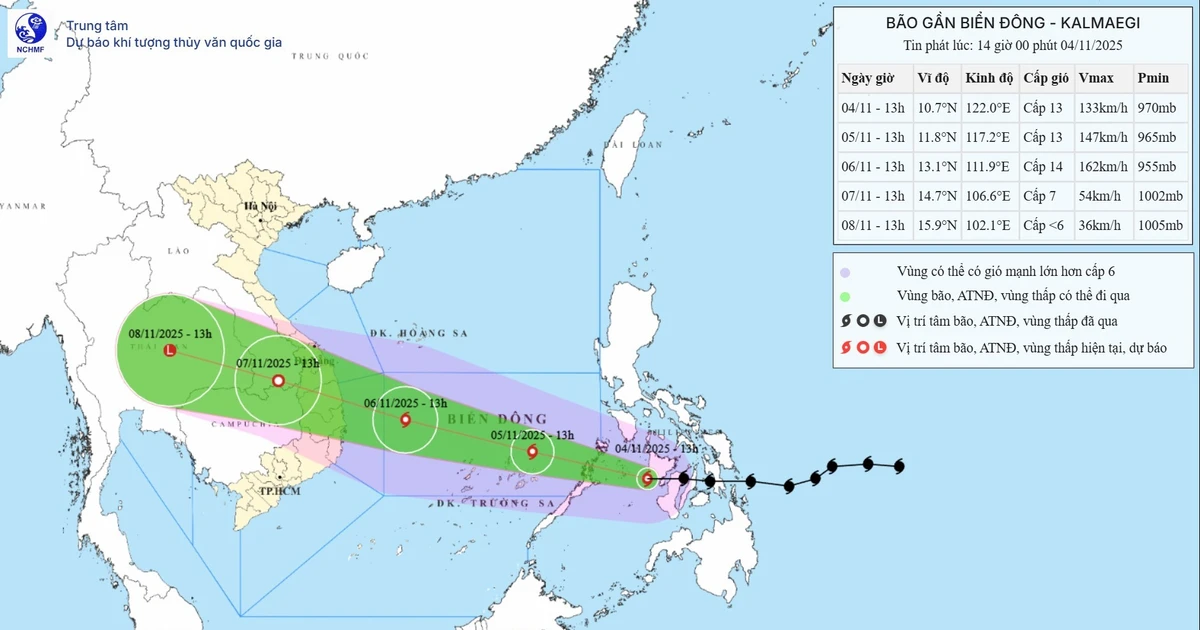In 1913, Sweden began implementing its universal pension policy. At that time, farmers made up the majority of the Swedish population, while pension benefits were limited to industrial workers. The Government introduced the universal pension system to ensure that farmers could also receive pensions, thereby guaranteeing a minimum living standard. Most Swedes became entitled to pension benefits at the age of 65.
In 1935, Sweden changed its policy so that all citizens, including the wealthiest, were entitled to a pension. By 1948, everyone received the same amount. In 1999, Sweden reformed its system to calculate pensions based on lifetime income (instead of the final 15 years of earnings) and allowed for flexible retirement ages. Under this model, individuals who worked longer received higher pensions, while early retirees received lower ones, effectively curbing abuse of the pension fund.
The Swedish Government also raised the retirement age, without setting a fixed age, only specifying that the earliest retirement age is 61 and the latest is 67. Statistics showed that, following the reform, the average retirement age rose significantly as workers realised that early retirement would result in lower pension benefits. Overall, Sweden’s pension reform has been regarded as successful on multiple fronts, addressing population ageing while ensuring greater fairness. Such major policies, like the universal pension system, require careful planning and a long-term roadmap: it took Sweden 60–70 years to shape its current model.
In Viet Nam today, the proportion of people of working age who are not participating in social insurance remains very high. According to Nguyen Khac Toan, Director of the Institute for Training, Capacity Building and Scientific Research under the Viet Nam Fatherland Front Central Committee, the country currently has around 19 million workers participating in social insurance, accounting for 33% of the total labour force. Of these, there are 2.8 million officials, civil servants, and public employees with employment contracts in administrative agencies and public units; 12 million workers in enterprises; 1.7 million self-employed individuals participating in voluntary social insurance; and 2.5 million retirees currently receiving pensions. This means that 67% of the working-age population still does not participate in social insurance.
To encourage more people to join voluntary social insurance, the Law on Social Insurance 2025 provides clear participation mechanisms. The State subsidises 50% of monthly contributions for poor households, 40% for near-poor households, and 20% for other groups. However, the number of people participating in voluntary insurance remains modest, at just 1.7 million.
Viet Nam is experiencing rapid population ageing and is projected to enter an ageing society by 2038. According to Lam Van Doan, Vice Chairman of the National Assembly’s Committee for Culture and Social Affairs, the country needs to undertake pension reform soon. Viet Nam has been gradually increasing the retirement age according to a reasonable roadmap within a multi-tier pension system. The State should encourage longer labour participation, expand the contributing workforce, and develop suitable pension policies for elderly people who remain healthy and wish to continue working full-time or part-time after retirement age, thereby increasing pension income and avoiding social resource wastage.
Currently, the poverty rate among elderly people without pensions in Viet Nam is relatively high. There is a pressing need for a gradual expansion of social assistance for the elderly, in line with economic growth and budget capacity, while still increasing investment in children — addressing malnutrition and reducing educational access gaps between rural, urban, and remote areas. A balanced system will help foster intergenerational solidarity and social consensus. Population ageing should also be viewed as an opportunity to reform the social welfare system to make it more comprehensive, inclusive, and sustainable.
Under Decree No. 76/2024/ND-CP dated June 25, 2024, amending and supplementing Decree No. 20/2021/ND-CP on social assistance policies for vulnerable groups, the Government raised the basic social assistance standard from 360,000 VND/person/month to 500,000 VND/person/month. This policy aims to partially support the living costs of disadvantaged individuals (such as people over 80 without pensions, severely disabled persons, and poor households with children in especially difficult circumstances). However, the new standard is only 33.33% of the rural poverty threshold and 25% of the urban poverty threshold. Its scope and level of support remain limited, covering only certain vulnerable groups in society.
According to Nguyen Thi Thu Hien, Vice President of the Viet Nam Women’s Union, the implementation of a universal pension policy would help reduce the burden of elderly care, enable working-age individuals to participate more effectively in the labour market, create greater wealth for society, and promote economic development.
Meanwhile, Hoang Thi Le, Director General of the Department of International Cooperation under the Ministry of Ethnic and Religious Affairs, emphasised that to successfully implement a universal pension policy, it is essential to secure strong financial resources. These resources should be drawn from the social insurance fund, built from the contributions of workers and employers, and supplemented by the State budget through increased revenues from personal income tax, corporate income tax, value-added tax (VAT), and, notably, taxation on small household businesses not yet formally registered.
Moving towards a universal pension policy will effectively address social welfare issues and serve as a secure foundation for workers in their old age. However, to turn this policy into reality, it requires the determined engagement of relevant authorities and the active participation of workers and society as a whole.
















